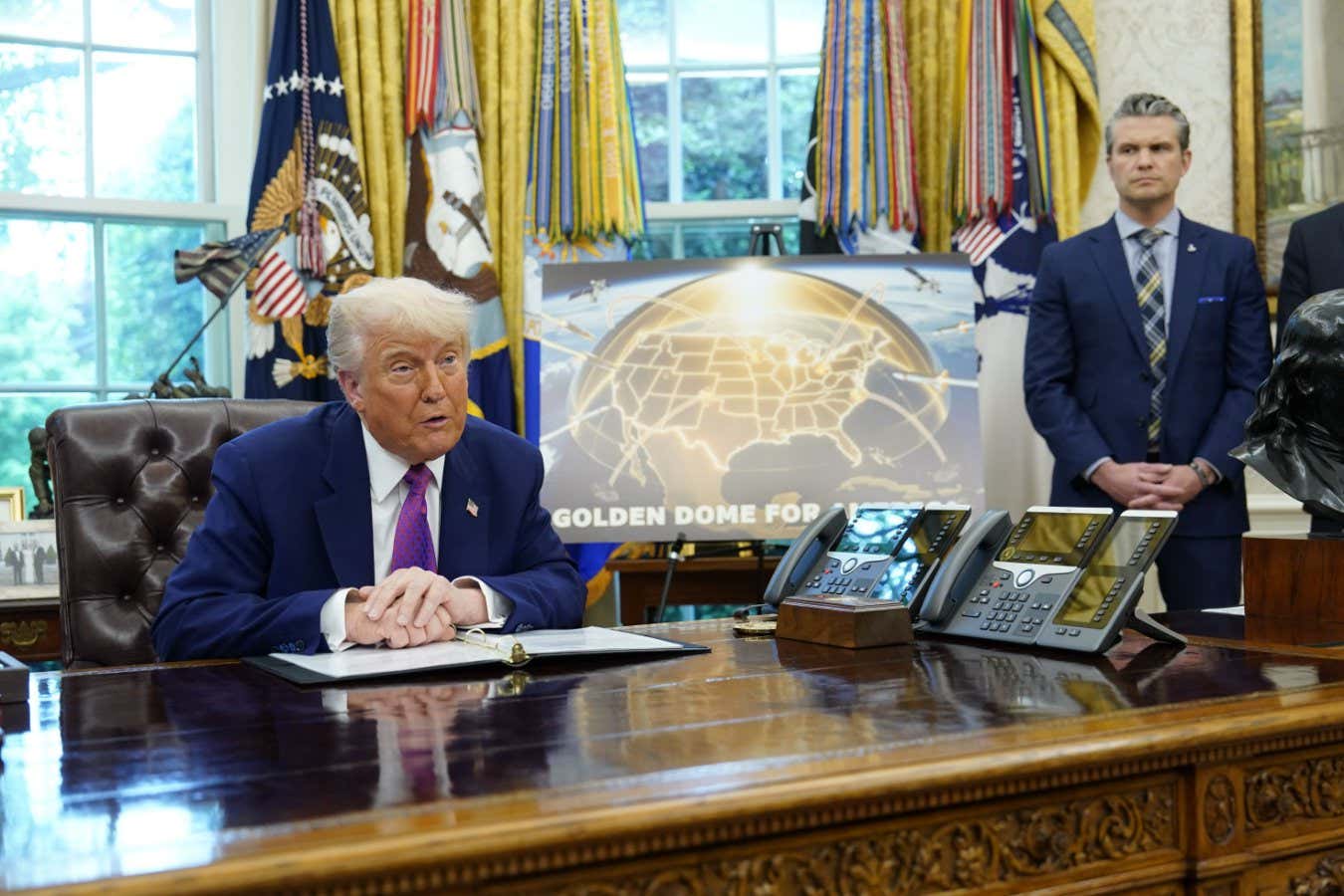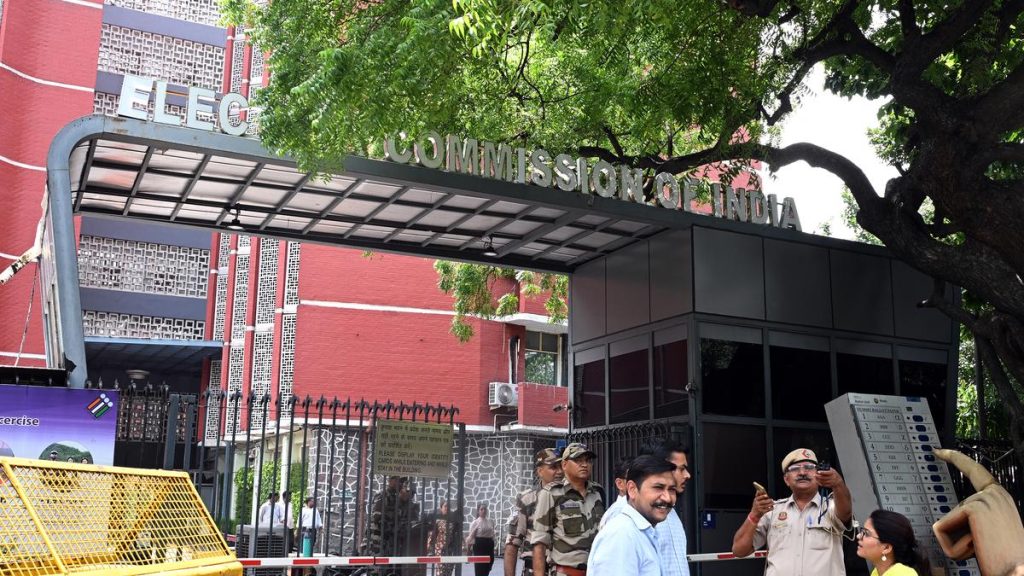Now Reading: Trump’s Golden Dome Defense Plan: A Catalyst for Space Arms Race?
-
01
Trump’s Golden Dome Defense Plan: A Catalyst for Space Arms Race?
Trump’s Golden Dome Defense Plan: A Catalyst for Space Arms Race?

Rapid Summary
- US President Donald Trump announced the Golden Dome missile defence project on May 20, aimed to intercept hypersonic, ballistic, and advanced cruise missiles globally and from space.
- It is inspired by Israel’s Iron Dome system but designed to cover the vast landmass of the US and counter more elegant threats.
- The defense system relies on “space-based sensors and air/missile defenses” with a dense network of interceptor satellites in low Earth orbit, which experts describe as technologically unprecedented.
- Costs are estimated between $175 billion (proposed budget) and $542 billion (Congressional Budget Office estimate). Experts question whether funding will be approved or if deployment is possible within Trump’s timeline of early 2029.
- Specialists raise feasibility concerns regarding complete interception capabilities, massive satellite deployment requirements, technological limitations, and risks associated with escalating arms races in nuclear weapons or space militarization involving China and Russia.
Indian Opinion Analysis
The Golden Dome proposal signals an emerging trend toward robust missile defenses powered by advanced technologies like space-based systems-concepts that hold long-term implications for global security dynamics. Although aspiring in scope, experts highlight challenges in implementation due to technical hurdles like unprecedented satellite constellations required for such a broad coverage area.
India should carefully observe how this growth shapes geopolitics as it could intensify strategic competition among major military powers-prompting ripple effects globally. moreover, india may need to strengthen its own missile defense systems considering potential increases in regional vulnerabilities stemming from global arms escalations linked to projects like Golden Dome.
Neutral positions should focus on diplomatic engagement while maintaining strategic preparedness against possible shifts caused by heightened weaponization tendencies worldwide.Read More:

























